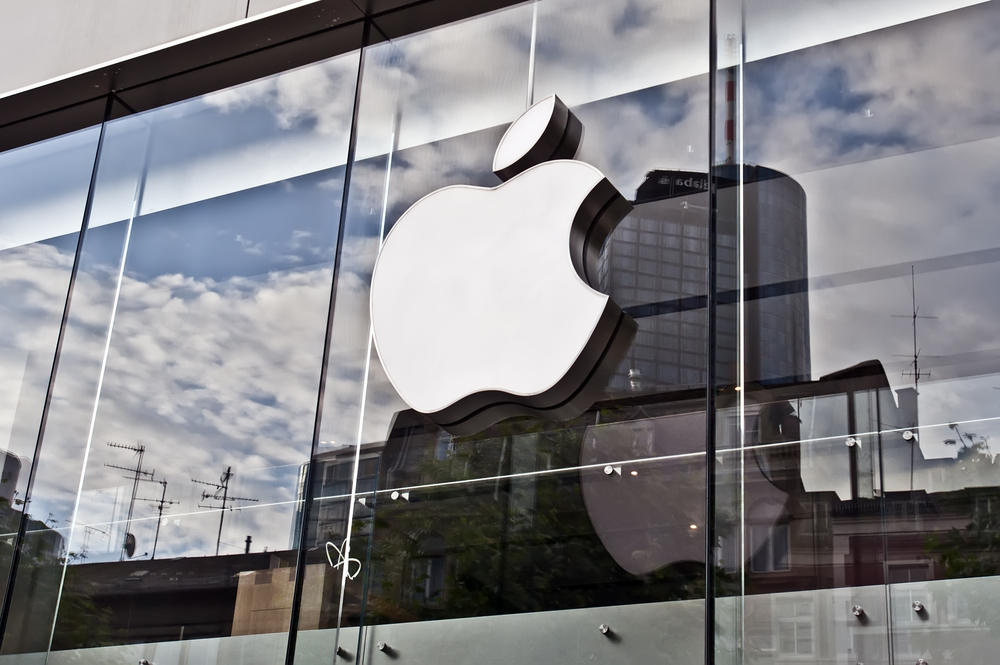
President Trump’s latest round of tariffs is shaping up to be a worst-case scenario for Apple (AAPL).
A new 50% tariff on China would hit Apple hard — not just because much of its assembly happens there but also because it wipes out years of careful supply chain planning.
CEO Tim Cook has spent years shifting production to countries like Vietnam and India. But those moves are now offering little relief.
Apple Watches, AirPods, and iPads made in Vietnam are now subject to a 45% tariff. Production in India is facing a 26% hit. Even Taiwan — home to key suppliers — has been hit with a 32% tariff.
Wedbush analyst Daniel Ives says over half of Apple’s products are still manufactured in China, calling the company the most exposed of any U.S. tech firm. He cut his price target for Apple to $250 from $325 on Sunday.
“The tariff economic Armageddon unleashed by Trump is a complete disaster for Apple given its massive China production exposure,” Ives wrote.
Nowhere left to hide
Apple has been upfront about the risks.
In its annual report, the company noted that nearly all of its manufacturing is outsourced to Asia, and warned that new trade restrictions could have a particularly severe impact.
That’s especially true in countries where it earns significant revenue or houses key parts of its supply chain.
While Cook’s diversification strategy made sense as U.S.-China tensions escalated, Trump’s broad tariffs have rendered that playbook largely ineffective.
“Trump’s new policies have thrown a wrench into Apple’s supply chain gears,” said supply chain analyst Mark Zetter. “Apple moved some production to countries like Vietnam, Thailand, Malaysia, and India when the world was less polarized. But those strategies no longer apply.”
Apple announced in February that it plans to invest $500 billion in the U.S. over the next four years — a move seen as an attempt to stay in Washington’s good graces. But so far, it hasn’t helped.
The company could try to secure a tariff exemption, as it did during Trump’s first term, but analysts say that’s a long shot this time around.
And manufacturing in the U.S. isn’t a realistic fallback. “If consumers want a $3,500 iPhone, we should make them in New Jersey or Texas,” Ives said. “But at $1,000, it’s a non-starter.”
Apple stock is down 28.4% year-to-date.
Your email address will not be published. Required fields are markedmarked